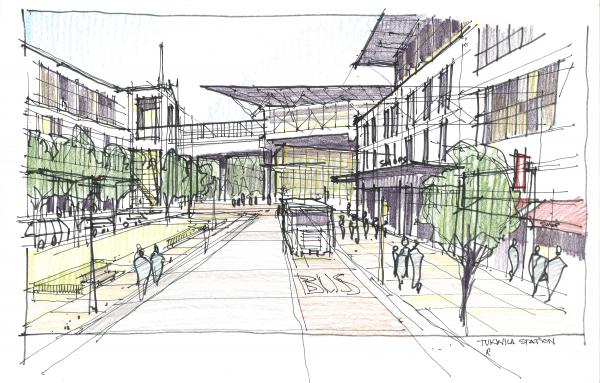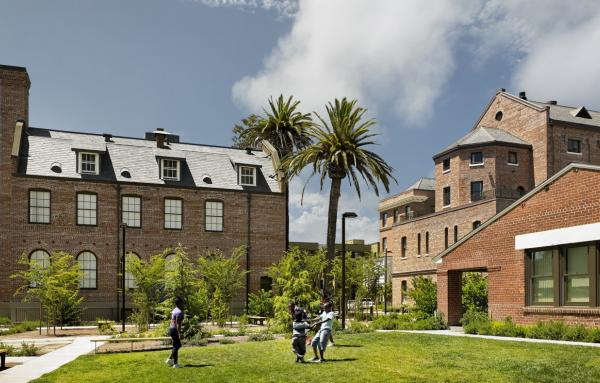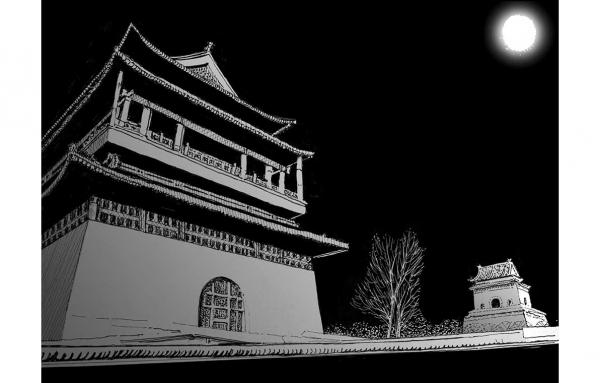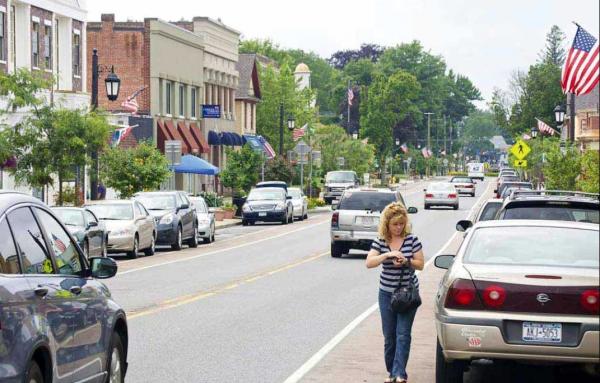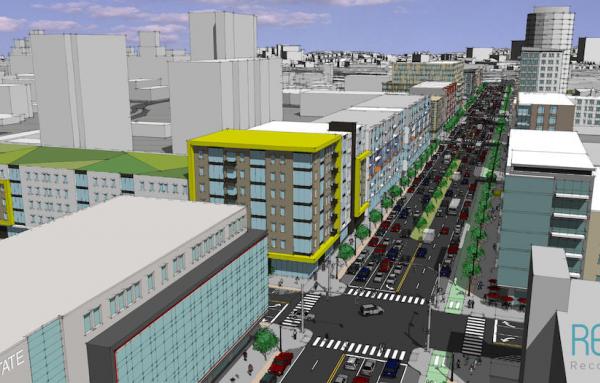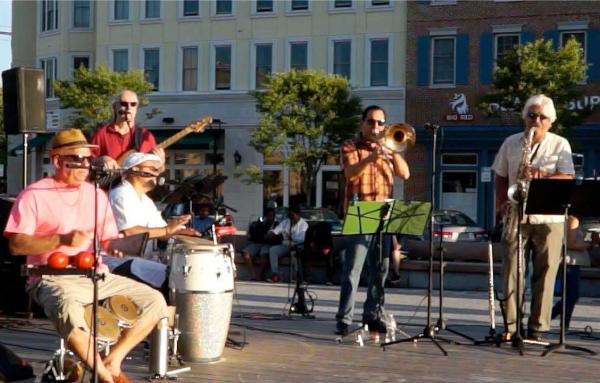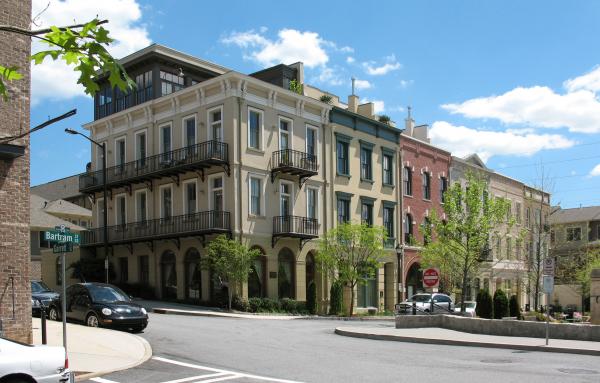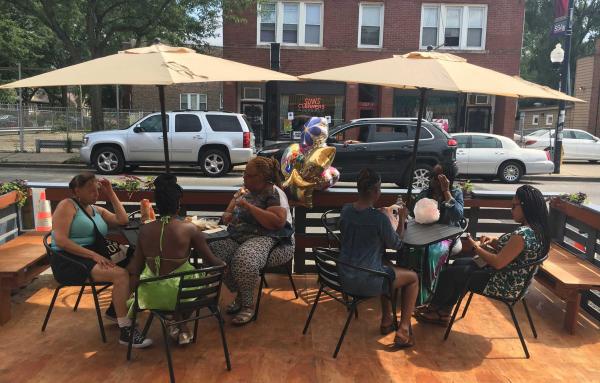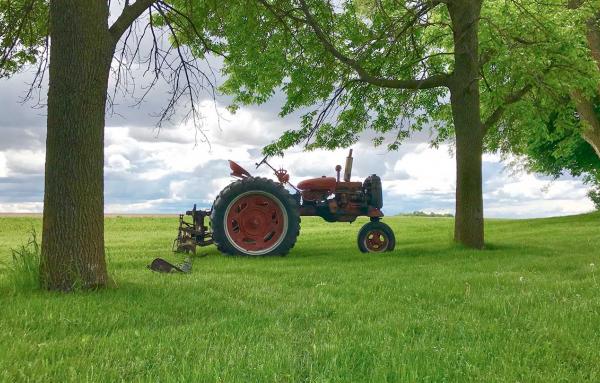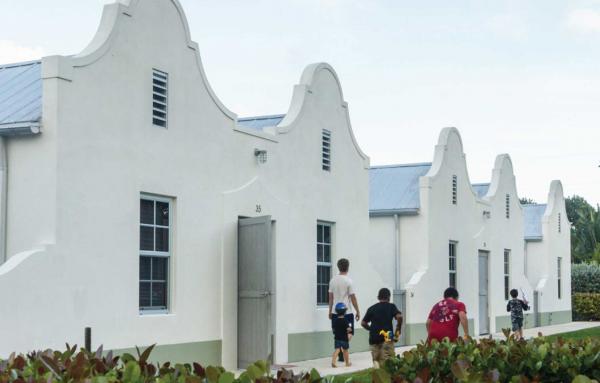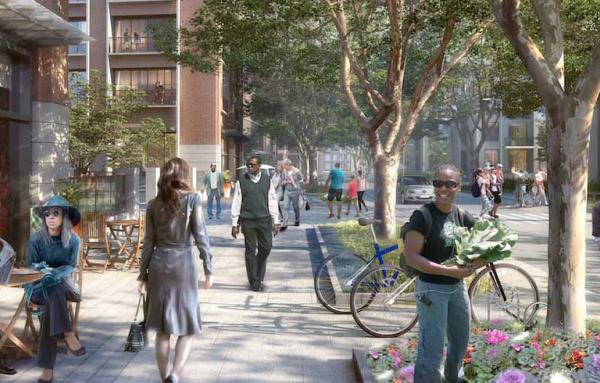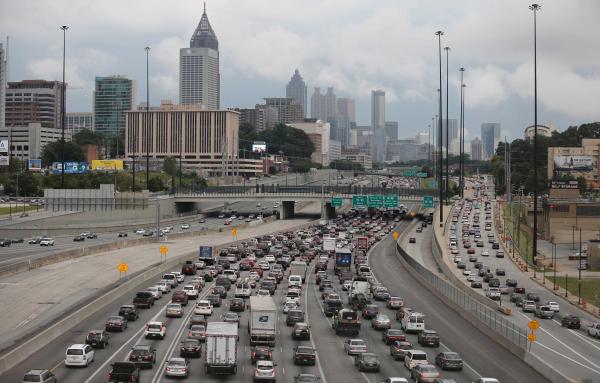RECENT ARTICLES – 2017
As low-income people migrate further out to the suburban fringe, they become more isolated from services and transportation, according to a report by CNU focused on Seattle.
An Oakland redevelopment shows how urban design and historic preservation can support a social agenda.
Building thoroughfares as places of beauty and social interaction requires a context-based approach to design.
Here's six ways to transform communities and revitalize our economy by repurposing state departments of transportation, which are currently organized based on an outdated 1950s model.
Two mixed-use buildings face a new square with fountains and activities like ice skating and concerts, forming the core of Long Island's first major transit-oriented development.
Glenwood Park, Atlanta, on a former industrial site, was built to restore confidence that humanity can create wonderful, walkable, loveable places.
How urbanism can bring hope and change to a working-class African American neighborhood.
In addition to land use that perversely incentivizes the destruction of rural lands with 5-acre lots, the financial system further incentivizes rural subdivisions gobbling up farmland at a frightening rate.
Blue Water workforce housing on Tavernier Key, Florida, created a system that of density that fits into the surrounding one- and two-story fabric.
Walkable mixed-use neighborhoods help families build wealth—enough to help fund big-ticket items like college and retirement.
Outdated software and modeling overestimates the value of urban freeway expansions—and underestimates the effectiveness of alternatives like boulevards.
